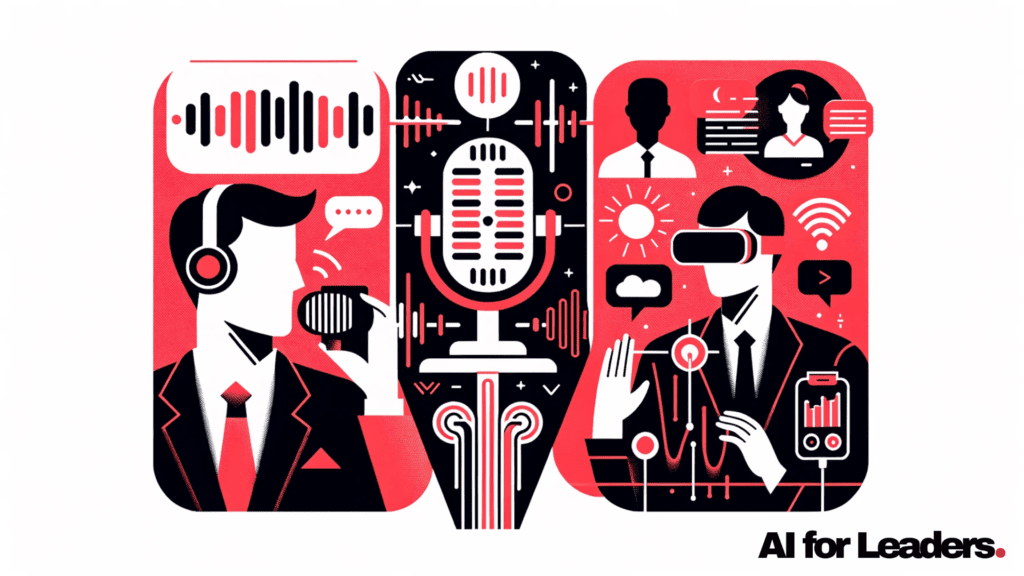
I recently took a course by Allie K. Miller about AI for business leaders and thought it was fantastic.
The first couple of things she shared in the course were a simple definition of AI and a great chart from the Aspen Institute.
I thought I’d pass these along.
Here’s the simple definition of AI (that you can use if you ever get asked in a business setting)
Artificial Intelligence is a system doing a human thing
Allie K. Miller
That’s pretty much it.
AI is nothing but some sort of system that does a “thing” that a human being does (e.g., create an image, make a decision, write an email, etc.)
And here’s a great chart from the Aspen Institute that explains the different terms in the AI space.
Note the different lines on the chart that show parent/child relationships (e.g. Machine Learning is a subset of Artificial Intelligence, and Generative AI is a subset of Machine Learning).
You can download a PDF of the original chart (1-pager) by clicking here.
Spotify and Meta’s new communication technologies
Last week, both Spotify and Meta highlighted new technologies that could have an impact on how we communicate in the workplace. It happened that Lex Fridman (research scientist at MIT and podcaster) was one of the first thought leaders to demonstrate those.
Spotify released a feature that includes AI translation and voice cloning.
Basically, you record a podcast in English, and they translate it for you using your own voice in another language, including your unique tone, pace, and sound.
Here’s a demo from Lex Fridman’s podcast.
A few days later, Lex interviewed Mark Zuckerberg using a new VR headset that Meta had developed.
This technology allows you to see and talk to someone in 3D as if they’re sitting in the same room with you. You also have the option and controls to change things around (lighting, distance, etc.)
Check out the interview below to see how this works.
(This is a fairly long interview, but you’ll get the gist of the technology in the first few minutes as Lex tests it out with Mark)
What does this mean for leaders?
Those two technologies can have some potential implications for how we communicate in the workplace.
Although they are not yet released to the general public, here are a couple of ways they can be used in the near future.
Spotify’s Tech
Spotify’s AI translation technology could be used internally and externally at organizations.
Internally, it can be used for communication among teams or leaders. For example, if a leader in a global business unit is giving an update about the latest developments, they can record a short video in their own voice, and then have it automatically translated into multiple languages.
Externally, it can be used for marketing to customers. For example, a video of a product feature can be recorded once in English, and uploaded to a website. Potential customers who visit the website would then have the option to self-select what language they want to watch the video in.
Meta’s Tech
Meta’s VR technology can be used to enhance communication in remote work settings.
Video conferencing was superior to audio conferencing.
Telepresence conferencing was superior to video conferencing.
Tomorrow, VR conferencing will be superior to Telepresence conferencing.
The level of fidelity and subtleties that VR picks up on will make it seem like there’s no difference between using it and actual face-to-face communication. It’s a step right before full-sized, high-resolution holograms.
While I don’t see this being adopted widely anytime soon, it will become the second-best thing after meeting in person.
One Prompt You Can Use at Work Today
Here’s a practical ChatGPT Prompt you can use at work:
I need to draft a white paper about [topic]. This will be used to share with customers and educate them about why [topic] [benefit]. Give me an outline for the white paper and a few resources I can research.
For example,
I need to draft a white paper about the state of remote work. This will be used to share with customers and educate them about why remote work helps their bottom line. Give me an outline for the white paper and a few resources I can research.
If you would like to see more of those prompts, check out my free book called: ChatGPT for Better Business Communication.
You can grab it for free by clicking the link and subscribing to the newsletter
This post originally appeared on “AI for Leaders.” If you’d like to receive updates about AI that will help you become a smarter leader in 5 minutes a week, click here to subscribe
